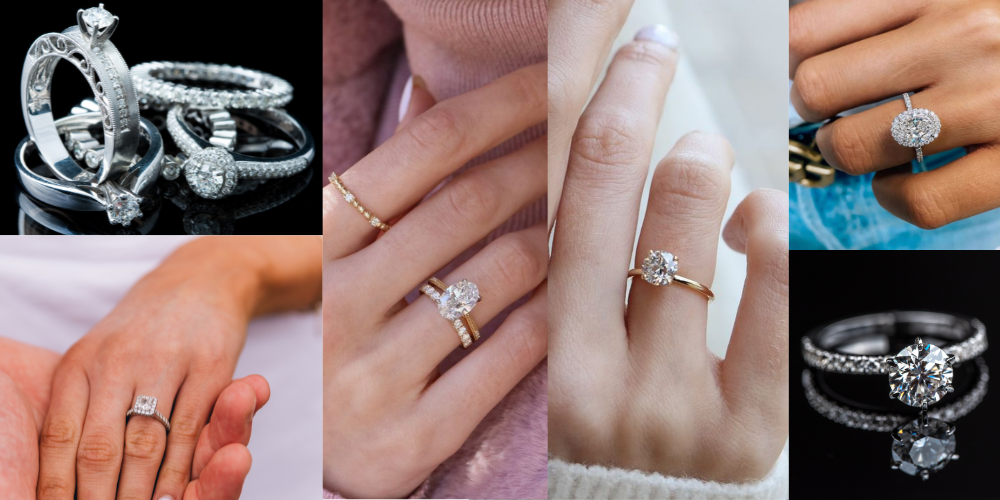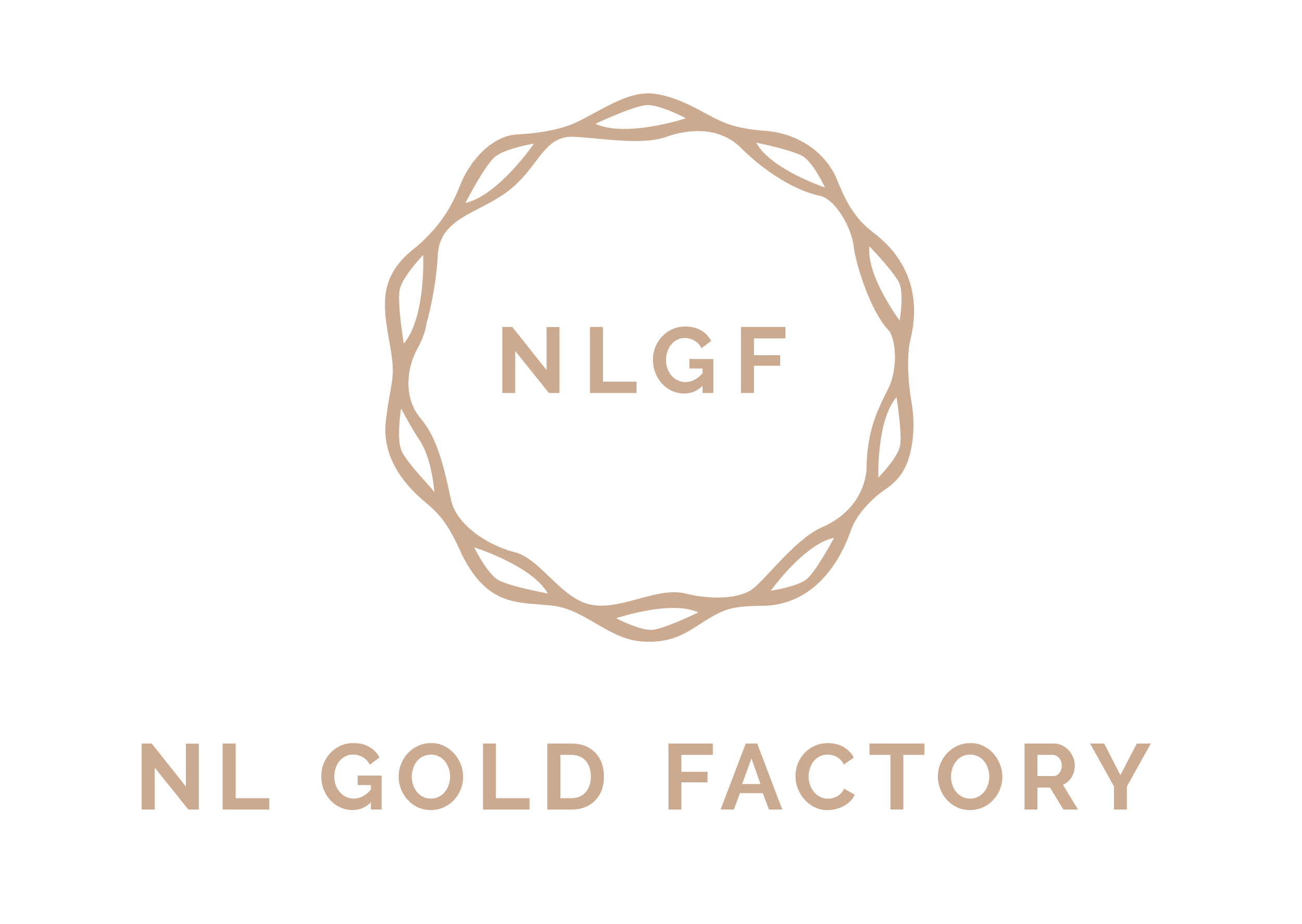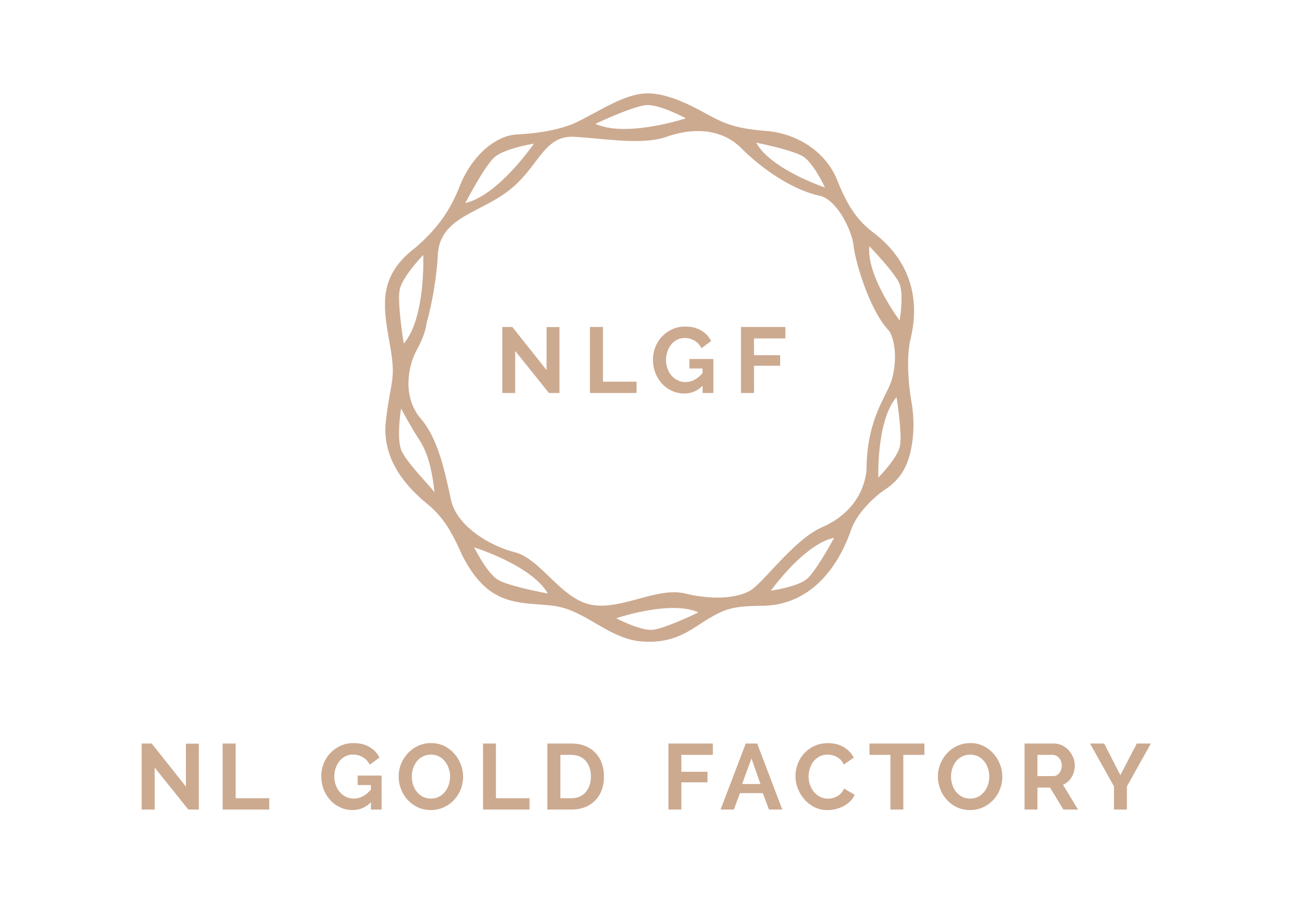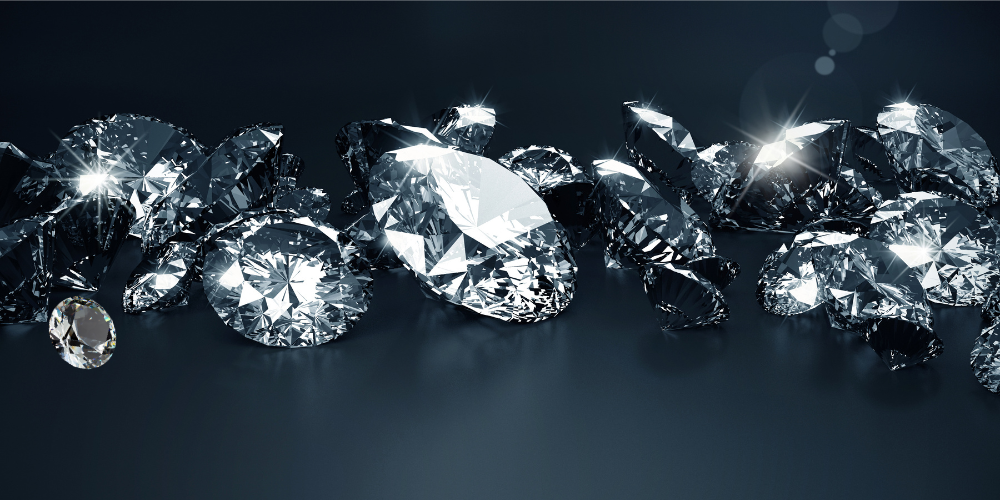Article: Utlimate Guide to Choosing Your Perfect Wedding and Engagement Ring

Utlimate Guide to Choosing Your Perfect Wedding and Engagement Ring
Choosing the perfect engagement ring and wedding band is one of the most exciting (and sometimes overwhelming) aspects of planning a wedding. These rings symbolize your love, commitment, and the lifelong journey you're about to take together. The key to selecting the right pieces is understanding your partner’s taste, your budget, and the meaning behind each ring. Here’s a comprehensive guide to help you navigate this special decision.
- Understanding the Difference Between Engagement Rings and Wedding Bands
Before diving into styles and options, it's important to understand the difference between these two essential pieces of jewelry:
-
Engagement Ring:
The engagement ring is typically given during the proposal and represents your commitment to marriage. It's usually the more ornate piece and often features a diamond or other precious gemstone as the centerpiece. -
Wedding Band:
The wedding band is exchanged during the wedding ceremony and represents the vow of everlasting love and loyalty. It's often simpler and more understated, though some couples choose to have matching or complementary designs.
- Finding the Right Engagement Ring
When selecting an engagement ring, you’ll want to consider the style, stone, metal, and setting. Each choice will influence the overall look and feel of the ring.
- Choose the Style: What Fits Your Partner’s Taste?
The style of the engagement ring should reflect your partner’s personality. Common styles include:
-
Solitaire:
A classic choice with a single stone, often a diamond. The solitaire setting is timeless and highlights the center stone beautifully. -
Halo:
A halo engagement ring features a central stone surrounded by a circle of smaller diamonds (or other gemstones) to enhance its sparkle. This style can make the central stone appear larger and adds extra glamour. -
Three-Stone:
Featuring three stones, often symbolizing the past, present, and future of your relationship. This style is popular for those who want to represent their journey together. -
Vintage/Antique:
If your partner loves history or timeless design, a vintage-inspired ring with intricate details like filigree, milgrain, or unique gemstones may be the perfect fit. -
Modern/Minimalist:
For those who prefer clean lines and simplicity, a modern solitaire or a band with sleek, geometric shapes is a chic and contemporary option. -
Custom Designs:
Some couples choose to create a custom engagement ring, allowing for a completely unique design that reflects personal tastes, values, or sentimental elements.
- Selecting the Right Stone: Diamond vs. Alternative Gemstones
While diamonds are the traditional choice for engagement rings, alternative stones are becoming increasingly popular.
-
Diamonds:
A diamond is the most common and enduring choice, symbolizing forever love. When choosing a diamond, you should consider the 4Cs: cut, color, clarity, and carat weight. The cut has the most influence on a diamond's sparkle, while the carat weight refers to the size of the diamond. - Round Brilliant Cut: The most popular and sparkly cut.
- Princess Cut: A square or rectangular shape with modern appeal.
- Emerald Cut: A rectangular shape with a step-cut design that offers a more sophisticated, vintage look.
- Cushion Cut: Rounded corners and a soft, vintage feel.
- Oval, Pear, and Marquise Cuts: For a unique, elongated shape that can make the stone appear larger.
-
Alternative Gemstones:
Some couples choose colored gemstones like sapphires, emeralds, rubies, or even moissanite (a lab-grown gemstone) for a distinctive touch. Sapphires, especially, have become popular as engagement stones due to their durability and variety of colors.
- Choosing the Metal: Style and Durability
The metal of the engagement ring affects both its appearance and its longevity.
-
Platinum:
Platinum is the most durable and hypoallergenic option, making it an excellent choice for those with sensitive skin. It also has a beautiful white sheen that complements diamonds and gemstones well. -
White Gold:
A more affordable alternative to platinum, white gold offers a similar look. It is often plated with rhodium for extra shine, but the plating can wear off over time, so re-plating may be necessary. -
Yellow Gold:
A classic choice that adds warmth to the ring, yellow gold is perfect for vintage or traditional designs. -
Rose Gold:
With its romantic pink hue, rose gold is growing in popularity and is a unique option that pairs beautifully with diamonds and other gemstones. -
Other Metals:
Gold (14K or 18K) and tungsten or stainless steel are other options that can offer durability and style at a more affordable price.
- Ring Setting: Enhancing the Stone
The setting refers to how the stone is placed in the ring, affecting both its appearance and security. Popular settings include:
-
Prong Setting:
This classic setting features small metal claws holding the stone in place, maximizing the stone’s visibility and sparkle. -
Bezel Setting:
The stone is encircled by a thin band of metal, offering protection and a more modern, secure look. -
Tension Setting:
The stone appears to "float" between two metal ends, creating a contemporary, minimalist design. -
Pave Setting:
Small diamonds or gemstones are set closely together along the band, giving the appearance of a continuous sparkle.
- Choosing the Wedding Band
The wedding band should complement the engagement ring, both in style and fit. Consider how the two rings will look together and whether they should be matching or complementary.
- Classic Wedding Bands:
-
For Her:
Traditional diamond bands or plain metal bands (in gold, platinum, or rose gold) are timeless choices. Many women prefer a band that sits flush against the engagement ring, so be sure to choose a shape that will work well together (e.g., a contoured wedding band). -
For Him:
Classic metal wedding bands in platinum, gold, or tungsten are popular options. You can opt for a simple band or one with subtle texture or engraving for added personality.
- Complementary Designs:
-
Matching Sets:
Some couples choose matching wedding bands and engagement rings, creating a coordinated look. You can also opt for bands with matching design elements like engraving or gemstones. -
Stacking Rings:
Another popular trend is creating a stacking set with the engagement ring and a separate wedding band. This gives more flexibility for future adjustments, such as adding a third band or anniversary ring. -
Custom Wedding Bands:
If you want something truly unique, consider custom wedding bands that reflect your personal style, such as matching engraved details, a special gemstone, or a custom design that complements the engagement ring.
- Ring Sizing: Getting the Right Fit
It’s important to know your partner's ring size for both the engagement ring and wedding band. Many jewelers can provide a ring sizer to measure accurately, or you can secretly borrow one of their rings (from the appropriate finger) for reference.
-
Engagement Ring Size:
Most engagement rings are sized for the third finger of the left hand. If you're unsure, it's better to err on the side of a slightly larger size, as resizing a ring to be smaller is easier than enlarging it. -
Wedding Band Size:
Wedding bands are typically sized the same as the engagement ring, though you’ll need to consider whether the band will fit comfortably next to the engagement ring.
- Budgeting for Your Rings
When budgeting for engagement and wedding rings, there are a few strategies to keep in mind:
-
Set a Realistic Budget:
While the "two-month salary" rule has been popular, it's not a must. Set a budget that feels comfortable for you and your partner, considering both the engagement ring and the wedding band. -
Prioritize the Engagement Ring:
Many couples choose to invest more in the engagement ring, as it’s often the more prominent piece, but keep in mind that wedding bands also hold sentimental value. -
Consider Financing Options:
Many jewelers offer financing plans, which can make purchasing your rings more manageable over time.
- Ring Care and Maintenance
Jewelry care is essential to ensure your rings stay looking their best for years to come. Here are some tips:
-
Regular Cleaning:
Clean your engagement ring and wedding band regularly with a gentle jewelry cleaner, or take them to a jeweler for professional cleaning. -
Protection:
Remove your rings during physical activities (like sports or cleaning) to prevent scratches or damage. Consider a ring box for safekeeping when you're not wearing them. -
Re-Setting Stones:
If a stone loosens or becomes damaged, take your ring to a professional jeweler for repairs or re-setting.
Conclusion: The Perfect Symbol of Your Love
Choosing the right engagement ring and wedding band is a deeply personal decision. By considering your partner’s style, your budget, and the symbolic meaning



